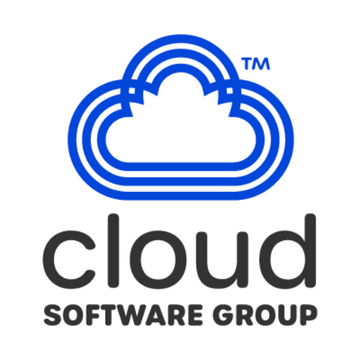Throughout my years at Citrix, I’ve marveled at the role our technologies have played in workplace modernization strategies for many of our customers. We’ve helped them create a work environment where work isn’t tied to a specific place.
And over the years, I’ve watched as remote work has gone from a use case for the occasional disaster recovery scenario to a way to retain top talent.
I’ve also seen how communication platforms have transformed to fit these new workstyles. Eventually, communicating via emails or phone calls wasn’t enough to support remote work. That gave way to the birth of online collaboration tools that went beyond instant messaging. They were tools that brought workforces closer together, even if the employees themselves were spread across the globe.
Not only do these tools empower remote workers, but they also improve productivity for users who are in the office. After all, more than 70 percent of people work remotely at least once a week. Organizations must adopt tools to support this evolving workforce.
Optimizing Communication Tools
As organizations were looking for solutions to address these changes, of course they turned to Citrix and Microsoft. While many were leveraging Skype for Business as a tool outside of virtualization, the need to patch and manage individual endpoints with Skype for Business proved to be a challenge for admins of large enterprises.
Centralized management through virtualization would address those challenges. But virtualizing Skype for Business led to poor performance due to the resources needed on the virtual machines.
Knowing these challenges, our HDX team worked in partnership with Microsoft to optimize the delivery of Skype for Business and released the Citrix HDX Realtime Optimization Pack for Skype for Business. Our successful collaboration with Microsoft today helps optimize the delivery of Skype for Business for more than 700,000 daily active users, 25 percent of them Skype for Business Online users.
With more organizations embracing workplace transformation and looking at ways to increase productivity and employee collaboration, Microsoft took the next step with the release of Microsoft Teams, which came with additional collaboration tools, app integration, and file storage.
At Citrix, we knew we couldn’t lower the bar when it came to an optimization strategy for Teams. In fact, the moment the availability of Teams was announced, we started working closely with Microsoft to make sure that Citrix customers with Virtual Apps and Desktops could use Teams and get a great user experience and comprehensive feature set, all while optimizing server scalability to minimize cost.
Last year, with the release of the Citrix Workspace app and the new Citrix Workspace, we announced support for web-based Teams via Browser Content Redirection (BCR). You can see it in action in the video below, and read more from the announcement blog.
https://www.youtube.com/watch?v=S0fhM1HLyNE
We have had a lot of positive feedback on web-based Teams optimizations, but we knew organizations were waiting for the next steps for HDX Teams optimization for the Desktop app. I’m excited to share that we’re entering our final development phase, and we expect to have a technical preview of Teams desktop app optimization in the coming weeks. This will require a new Citrix Workspace app for Windows and a new VDA, which bundle the Teams optimization code by default (no more separate plugins like we had in RTOP).
Customers who want to take part of the HDX Teams Tech Preview will need to sign up for Microsoft’s Technology Adoption Program (TAP) through their Microsoft Account Manager.
We know this is an update that many Citrix customers are looking forward to, and you can be notified about the availability of the Teams technical preview by completing this form. And stay tuned for future blog posts about Teams updates.
For Citrix Investors
This release contains forward-looking statements which are made pursuant to the safe harbor provisions of Section 27A of the Securities Act of 1933 and of Section 21E of the Securities Exchange Act of 1934. The forward-looking statements in this release do not constitute guarantees of future performance. Those statements involve a number of factors that could cause actual results to differ materially, including risks associated with the impact of the global economy and uncertainty in the IT spending environment, revenue growth and recognition of revenue, products and services, their development and distribution, product demand and pipeline, economic and competitive factors, the Company’s key strategic relationships, acquisition and related integration risks as well as other risks detailed in the Company’s filings with the Securities and Exchange Commission. Citrix assumes no obligation to update any forward-looking information contained in this press release or with respect to the announcements described herein. The development, release and timing of any features or functionality described for our products remains at our sole discretion and is subject to change without notice or consultation. The information provided is for informational purposes only and is not a commitment, promise or legal obligation to deliver any material, code or functionality and should not be relied upon in making purchasing decisions or incorporated into any contract.




